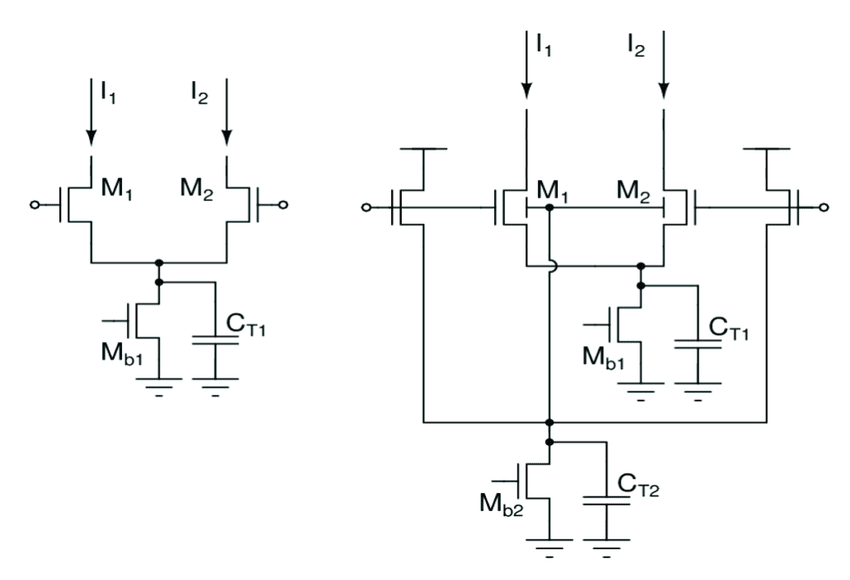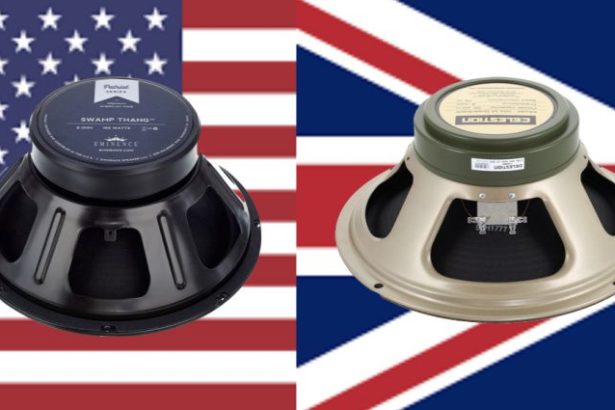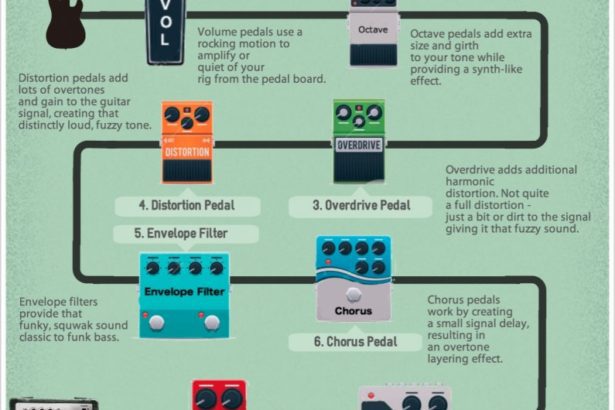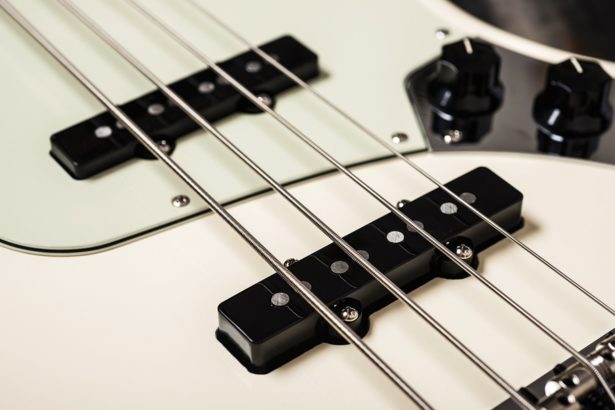The Importance of Buffered Input/Output

When discussing guitar pedals, one often overlooked yet crucial aspect is the presence of buffered input and output stages. These seemingly simple components play a vital role in maintaining signal integrity and preserving your guitar’s tone throughout the signal chain.
At its core, a buffer is a unity-gain amplifier designed to provide impedance matching between different stages of your guitar rig. This impedance matching is essential for preserving signal integrity and minimizing tone loss. Without proper buffering, your guitar’s signal can suffer from degradation, especially when passing through multiple pedals or long cable runs.
The input buffer of a pedal serves a particularly important function. By presenting a high impedance to the guitar’s pickup, it prevents loading effects that can alter the pickup’s resonant frequency and reduce high-end response. This ensures that your guitar’s natural tone is preserved as it enters the pedal’s circuitry.
On the output side, a buffer provides a low impedance signal source. This is crucial for driving long cables or multiple pedals without significant signal loss or high-frequency attenuation. The low output impedance allows your guitar’s signal to maintain its strength and clarity as it travels to the next pedal in your chain or to your amplifier.
Buffers also play a key role in electrical isolation. By isolating the pedal’s circuitry from external influences, buffers reduce the risk of unwanted interactions between pedals in a signal chain. This isolation contributes to more consistent and predictable performance, as the pedal’s core circuitry sees a stable input signal and drives a consistent load.
Another significant benefit of buffered stages is their ability to mitigate the effects of parasitic capacitance. In unbuffered setups, cable capacitance can act as a low-pass filter, rolling off high frequencies and resulting in a perceived loss of treble – often referred to as “tone sucking.” Buffers help counteract this effect, preserving your guitar’s full frequency spectrum.
By maintaining signal strength and reducing noise, buffers also contribute to improved dynamic range. This means that the subtle nuances of your playing – from gentle fingerpicking to aggressive strumming – are more accurately preserved through your pedal chain.
In conclusion, while they may not be the most glamorous component of a guitar pedal, buffered input and output stages play a crucial role in maintaining the integrity of your guitar’s signal. By ensuring proper impedance matching, preserving signal strength, and mitigating unwanted interactions, buffers help you achieve the best possible tone from your pedals and overall rig. Whether you’re a touring professional or a bedroom player, understanding and appreciating the importance of these often-overlooked components can greatly enhance your guitar playing experience.
All our pedals include buffered input and output stages.



